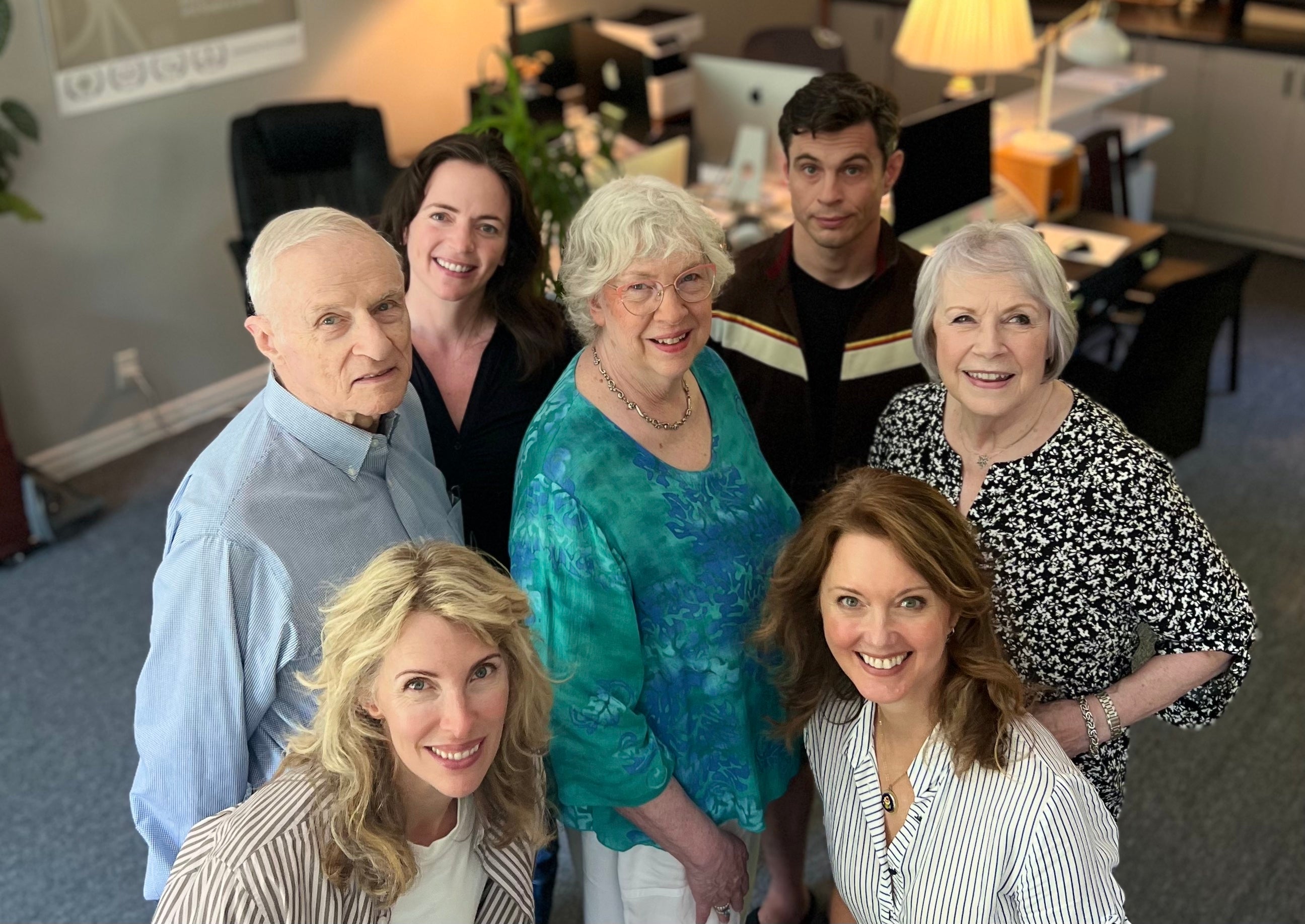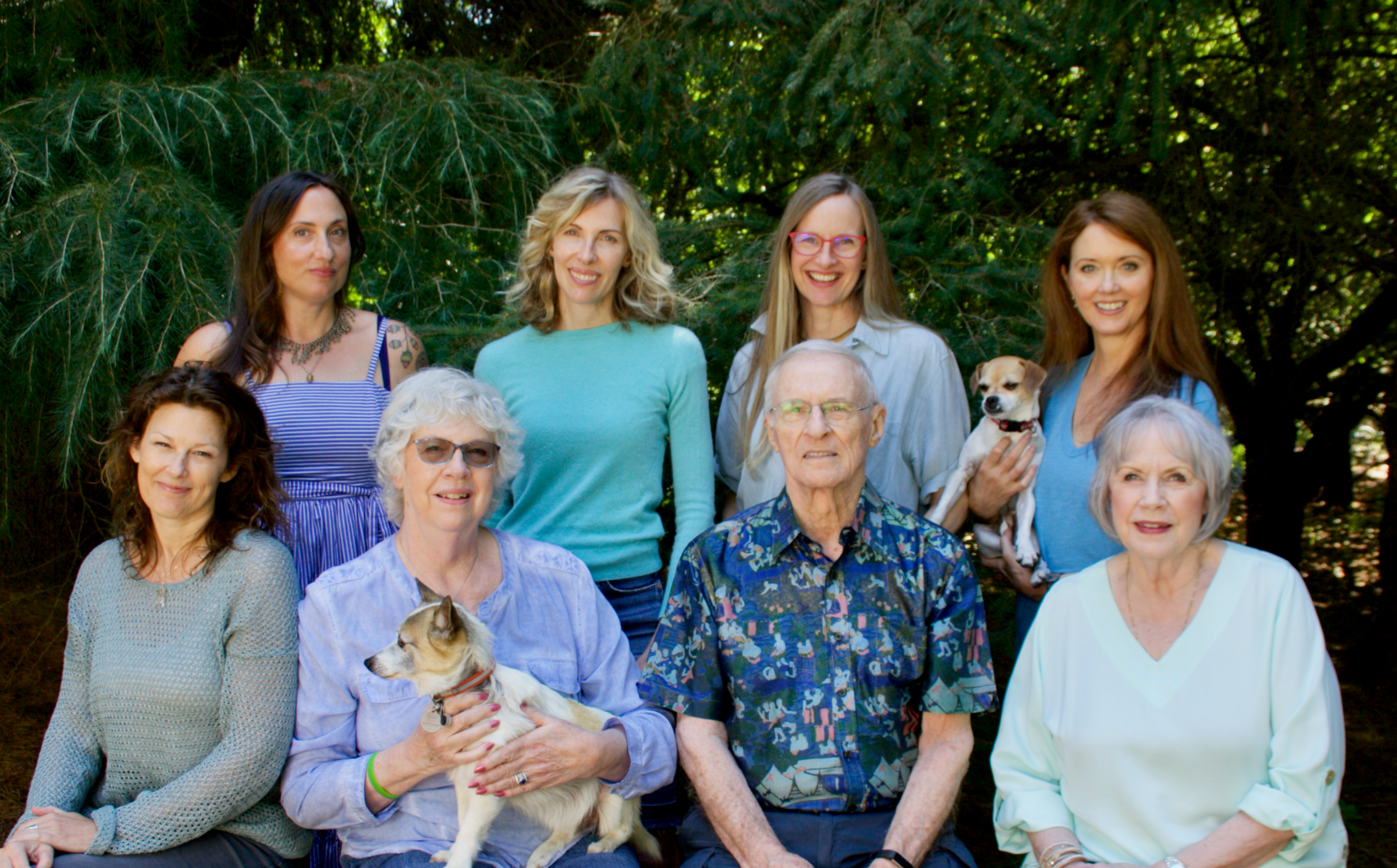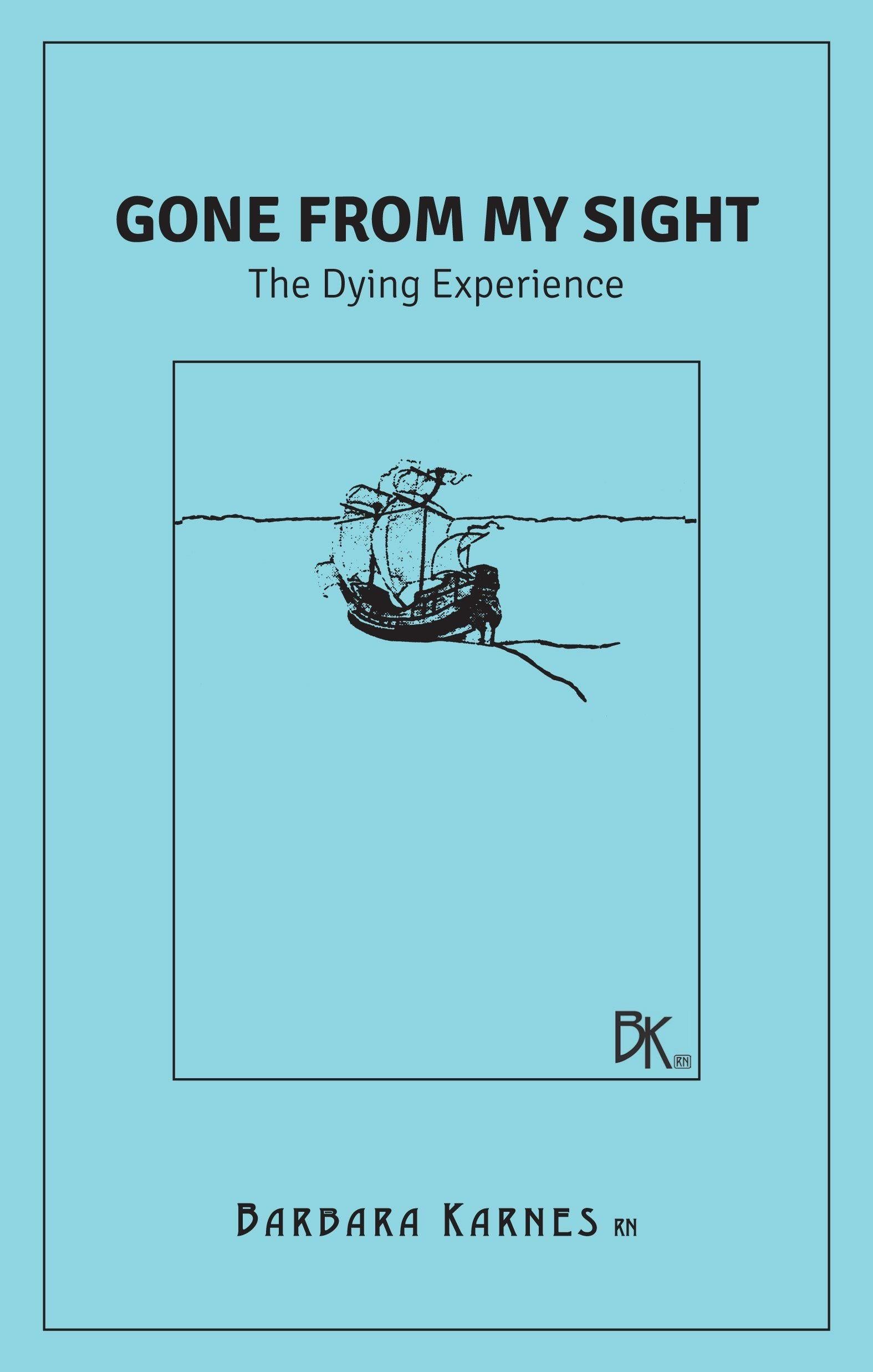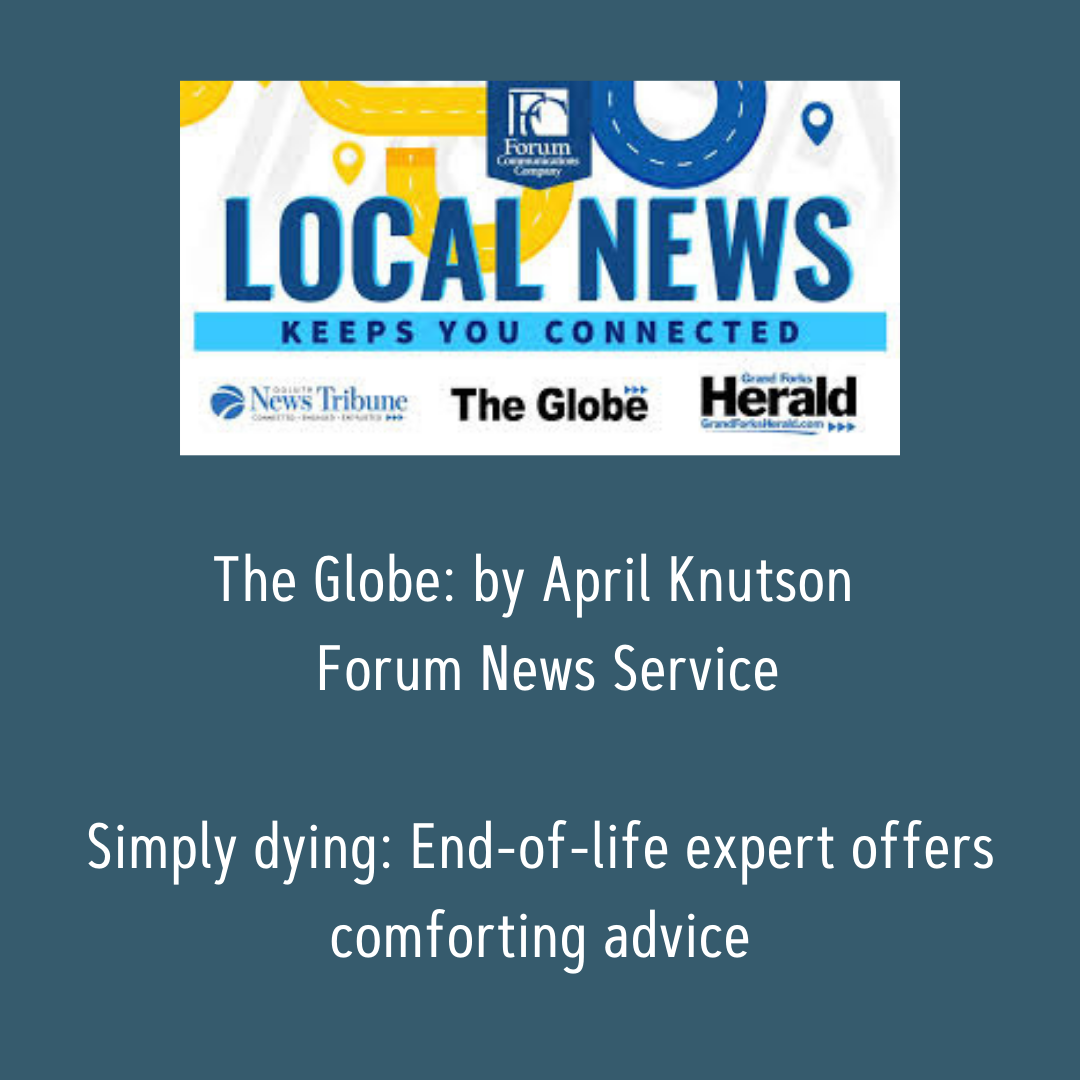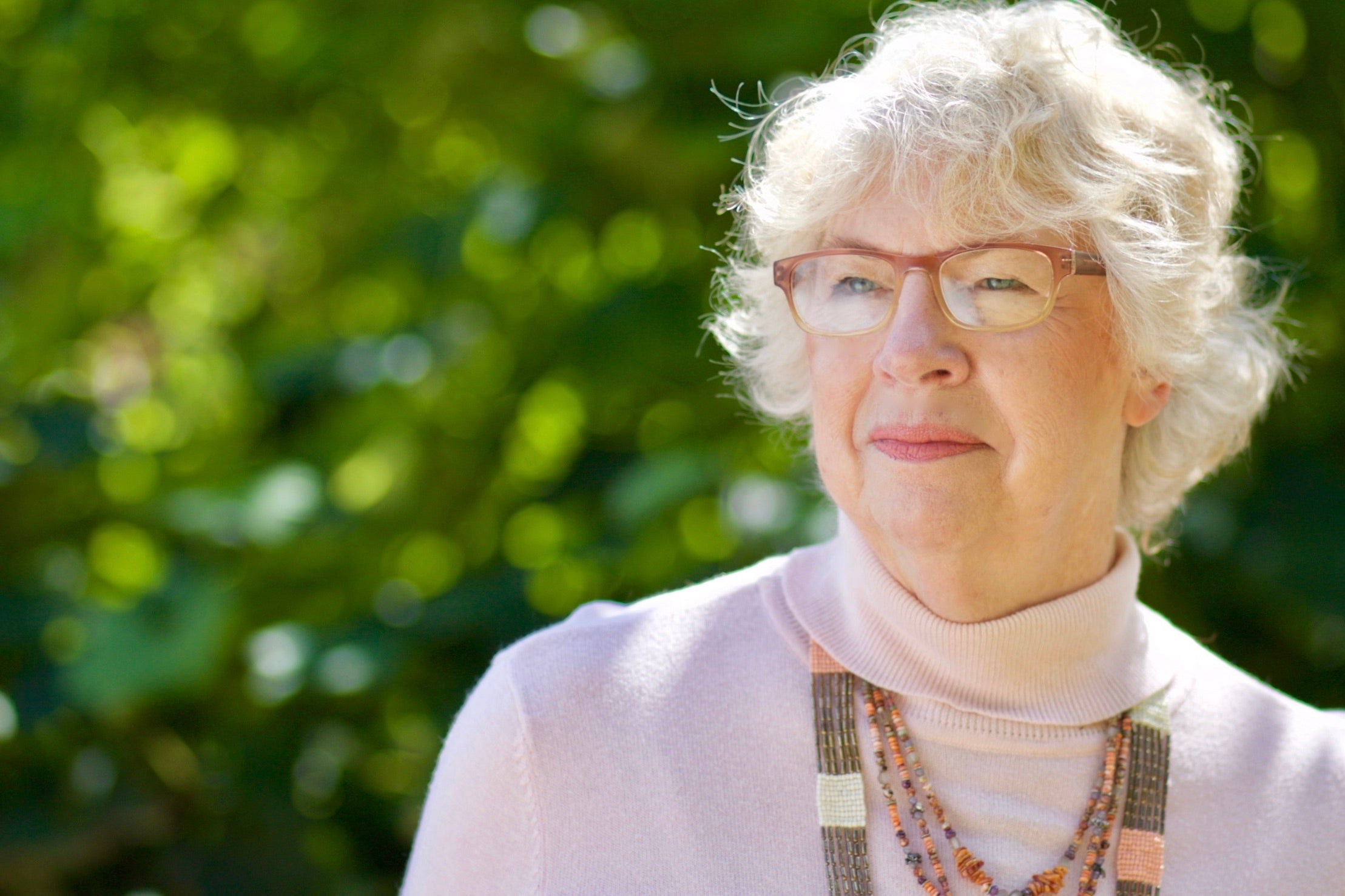Townsend Letter: by Elaine Zablocki
Last fall, my younger brother was diagnosed with cancer, and I traveled to the East Coast to be with him. For 2 months, I spent several hours with him each day. My brother had terminal cancer, acute myeloid leukemia (AML), with only a few months to live. Transfusions kept him alive.
He was functioning well. He often had a smile on his face; he watched football games on Sunday with enjoyment. He was determined to live as long as possible, and to enjoy the time that was left to him. At the same time, his body had begun to shut down.
I didn’t realize the process that he was going through, until I came across a couple of booklets by Barbara Karnes, RN, available in the hospital’s educational materials. She explains that changes start happening 1 to 3 months before death occurs. “Each person approaches death in their own way, bringing to this experience their own uniqueness,” she writes. “Death comes in its own time, in its own way.”
Even though my brother wanted to live as long as possible, there were signs that his body was shutting down. When I came into the room in the morning, sometimes he was curled up, withdrawn. I thought that he was asleep, but actually he was turning inward My brother used to be a hearty meat eater, but in his last few months he craved canned fruit, and wasn’t interested in meat.
“Caring for someone who is going live is different from caring for someone who is dying, but most people don’t know that,” Karnes says. “We want this person to get better. But when someone can’t be fixed, their body enters a normal, natural process of shutting down”
As early as 3 to 4 months before death, a person’s habits may change. “First they’ll stop eating meat. Then pretty soon it’s fruits and vegetables, and then it’s soft foods,” Karnes says.
“In the weeks before death they may only take water and Gatorade. This is normal. When the body is preparing to die, it doesn’t want food.”
Similarly, she says, over months, a person often loses interest in what’s going on around them.
“They are letting go of their hold here on so many levels. Their work is taking place on the inside,” she says. “They appear to be withdrawn, but on the inside they’re doing what may be the hardest work they’ve ever done. On an unconscious level, they’re processing their life.”
Karnes started out as a hospice nurse in the 1980s. After about 5 years, she became the director of a hospice and served on the board of the Kansas State Hospice Association. “In the early ’90s there was a big push to offer hospice within Medicare, and we wanted every hospice in Kansas to be Medicare certified. We realized we needed to teach nurses and social workers how to provide effective care, so I began to take on an official teaching role. Nurses from throughout Kansas would visit us and spend a week at our hospice learning about end of life care.”
For many years now she has been speaking about end of-life issues and the dynamics of dying at national and state hospice and palliative care conferences, colleges, nursing schools, hospitals, and hospices. She is able to show healthcare professionals how to explain the dying process to families, and demonstrate that we don’t need to avoid talking about death. “While we can’t take away the sadness of death, talking about death actually relieves unnecessary pain and stress and provides relief in many ways, because knowledge reduces fear,” she says.
In addition to workshops for medical professionals, Karnes also speaks at community-based conferences. “I strongly believe the only way we’re going to really address end-of-life care is through community education. People should understand that they have choices. This isn’t just about being treated until you’re dead. It is possible to take more control of your illness, and that’s why it’s so important to me to educate community members as well as professionals.” Karnes emphasizes that she wants to take her message out into the community. Her training sessions are designed for families as well as health professionals.
“I do not use medicalese. Any of my work can probably be understood by fifth-graders on up,” she says. “I do that on purpose, because this is not just about the medical level. Dying is not a medical event. It’s a social, human, communal event.”
Essentialized versions of these training sessions are available via DVD. In addition, Karnes funnels educational discussions to her Facebook group, which includes nurses, social workers, people with illnesses, and their families. “We support each other,” Karnes says. “I monitor what’s on the site. I post interesting articles there so people can read and then discuss them. We have all sorts of specific discussions – it’s a really useful group for education and support.”
Always Ask About the Goal of Treatment.
What should each of us do if/when we are diagnosed with a difficult, possibly terminal condition? First, we should have an advance directive,so that we will die in a manner that matches our own values, not in some standardized way. Hopefully, most of us will respond to a difficult diagnosis by getting on the Internet and asking all sorts of questions about the illness and various possible treatments.
Most importantly, Karnes says, “Ask your physician about the goal of treatments they suggest. Most of us, when we have a serious illness and the doctor recommends this chemotherapy or that radiation, the patient and family think he is recommending something that will cure the patient and restore them to their previous healthy condition. Most of the time, that isn’t what happens. If you have a serious life threatening illness, treatment generally extends your life, but may not improve your ability to function any better than you’re functioning now. Always ask your doctor about the goal of the treatment. Always ask whether this treatment will maintain or improve your quality of life.”
Resources Website www.bkbooks.com
This is the place to order educational materials, schedule training sessions, and more.
Booklets: A Time to Live: Living with A Life-Threatening Illness Gone From My Sight: The Dying Experience The Eleventh Hour: A Caring Guideline for the Hours to Minutes Before Death My Friend, I Care: The Grief Experience Book The Final Act of Living: Reflections of a Long-Time Hospice Nurse
DVD New Rules for End of Life Care This 25-minute DVD is particularly suitable for community groups. It includes information on behavior changes related to food and sleep, as well as pain management and the use of narcotics, addiction, and overdosing. DVD for Professionals: This is How People Die, Exploring the Grieving Process These DVDs were filmed at workshops for health professionals and hospice volunteers. They are useful training resources for health-care professionals as well as hospital, hospice, and community-based volunteers.
Facebook Page www.facebook.com/barbarakarnesrn
Elaine Zablocki has been a freelance health-care journalist for more than 20 years. She was the editor of Alternative Medicine Business News and CHRF News Files. She writes regularly for many health-care publications.
